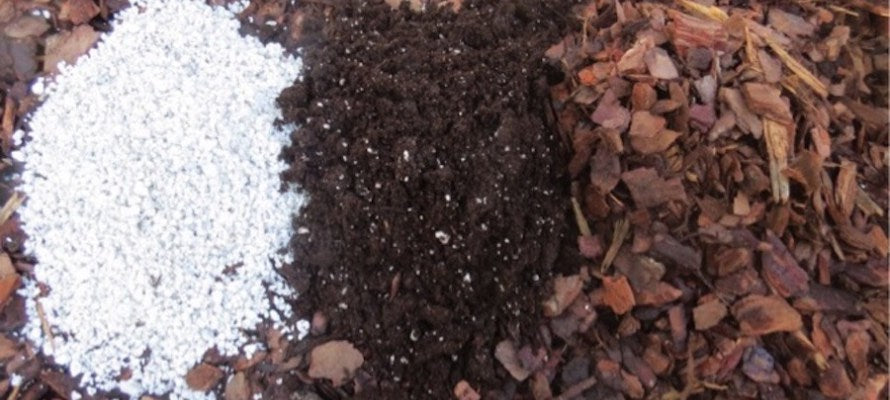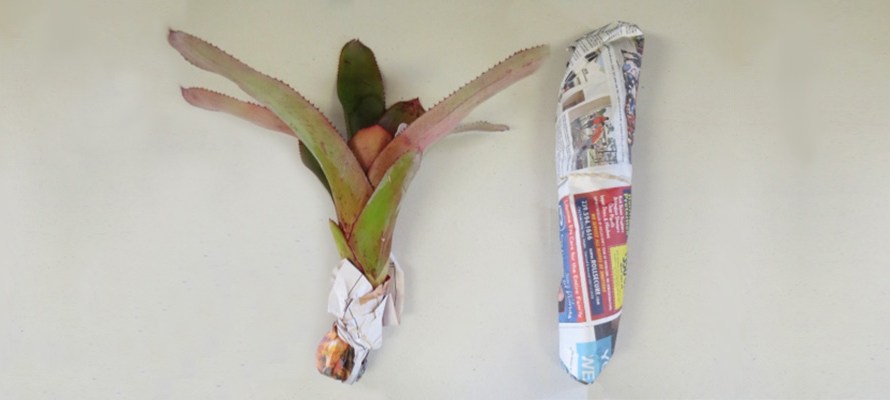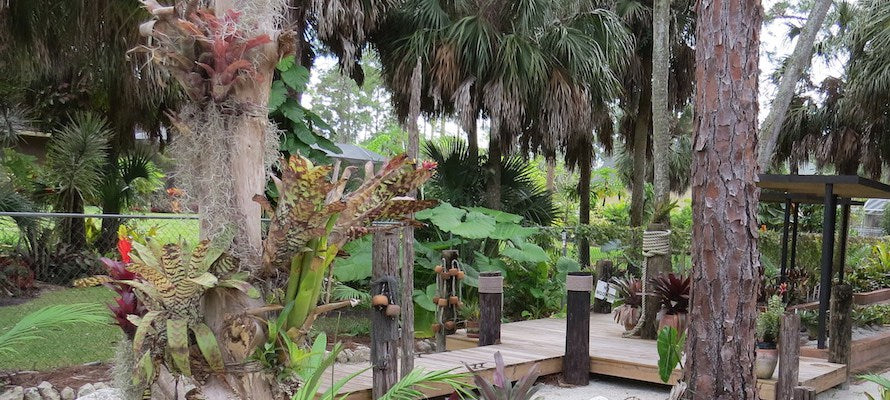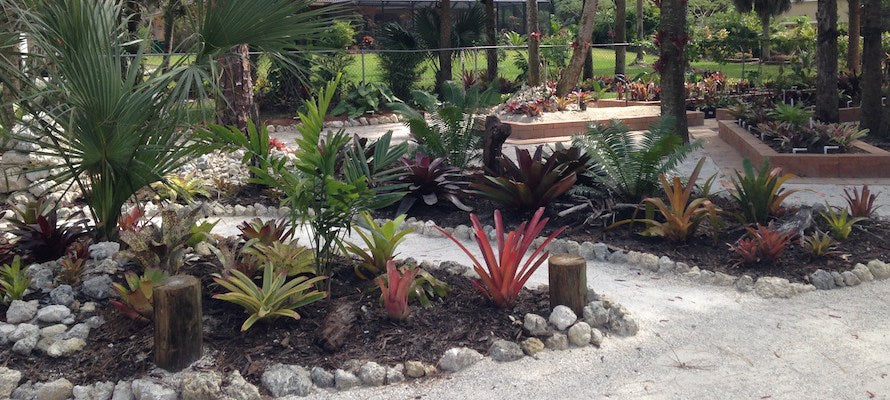Your Cart is Empty
Get Free Shipping on all orders $120 or more.

Let’s face it; most of your Bromeliads will spend their lives in pots, and choosing the right potting mix can be very important for their long term health. If the mix consists of too much soil, it can stay too wet and cause their roots to rot. Too much inorganic material and they won’t get enough nutrients to grow. If the mix is too light it can cause the plant to become too top heavy and move around or topple over, not allowing the roots to take hold.
There are basically three critical requirements you should consider when choosing a potting mix for your Bromeliad.
Bromeliads won’t root if they do not have a solid foundation. They don’t want to move around once planted or mounted. Even slight wind can cause a pup with no roots to move around in a pot if it is not tightly packed or there is not enough soil. Soil not only provides nutrients for your plants, but it acts as a binder to give your plants that solid hold to keep it from moving around.
Lots of air at the roots means a healthier plant and less risk of rot. Bromeliads like to be moist but not wet, so it’s important that the potting mix drains well and gets a lot of air movement to allow it to dry out quickly. To accomplish this we use 1/4”-1/2” pine bark chips usually used for mulching. The wood is very light and porous so it holds in moisture well, but the irregular shapes provide plenty of space for airflow.
To allow air movement into the potting mix, be sure to keep the top of the pot open and clear of any solid debris. Remove dead leaves or rocks that may prevent air from reaching the soil.
The mix should allow water to drain quickly and easily and not allow for any water to pool inside of the pot. Perlite is a widely used addition to soil mixes because it is light weight, porous, and prevents soil from compacting, allowing water to drain more easily. It is also resistant to microbial attacks, preventing some bacterial diseases.
Always use pots that have holes for drainage and make sure these are clear and don’t clog. A great way to achieve this is by using a thin layer of 1/8”-1/4” crushed rock on the bottom of the pot. The uneven edges will fill the holes but allow space for water to flow out of them. This also weighs the plant down so it doesn’t topple over in windy conditions.
To get a mix that provides for each of these requirements, we use a mix consisting of 20% perlite, 20% peat based commercial potting mix such as Miracle Grow or Black Magic, and 60% small pine bark chips.
You may want to experiment with the ratios to find what works best for you based on your own unique conditions.
For climates that get a lot of rain and humidity like we do in South Florida, you will want to use more pine bark and perlite in your mix for increased aeration and moisture control so the mix doesn’t stay too wet.
If you live in a dryer climate, you may need to use more soil to retain moisture.
Whatever combination you find is right for you, make sure that it is mixed well and not in layers. When you are ready to plant your Bromeliad, fill the pot with your mix, dig out a small hole in the center, and try to center the cup of the plant as much as possible. Use a small amount of your mix to pack the plant tightly to prevent it from moving.

When a bromeliad is ordered on-line, it will either be taken as an offset from a mother plant, or it will be taken from a pot. Either way, it is possible that it has already started to grow roots.

Bromeliads are a type of plant called epiphytes, which means that they draw moisture from the air and don’t need to be in soil to survive. While their roots can draw water and nutrients, they typically serve as a plant’s ‘anchor’, attaching and holding it place.

Although mosquitoes are not a pest that can harm your bromeliads, they can become very annoying to everyone around them. Mosquitoes are currently a topic of conversation as common sense and the facts often give way to rumor and sensationalism.